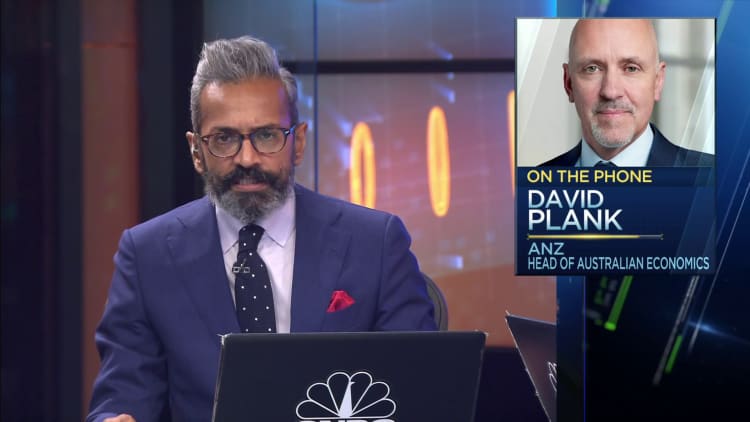Australian retail sales again beat expectations in May as consumers spent more on eating out and in department stores, suggesting demand is proving resilient in the face of surging inflation and rising interest rates.
Retail sales rose 0.9% in May, the fifth straight month of growth and double market forecasts of a 0.4% increase, data from the Australian Bureau of Statistics showed on Wednesday.
Sales rose to a record A$34.2 billion ($23.64 billion), up a hefty 10.4% on May last year, though some of that reflects an increase in prices rather than volumes.
"Higher prices added to the growth in retail turnover in May," said Ben Dorber, ABS director of quarterly economywide statistics. "This was most evident in cafes, restaurants and takeaway food services and food retailing."
Spending on eating out climbed 1.5% in the month, while department stores enjoyed a 5.1% jump in sales.
That resilience supports the Reserve Bank of Australia's (RBA) confidence that consumption can withstand higher borrowing costs. The central bank has already raised interest rates twice since May and is considered certain to hike again at its July policy meeting next week, likely by 50 basis points to 1.35%.
Policymakers are hoping a 50-year low jobless rate and some A$260 billion in excess savings accumulated by households during the pandemic will underpin demand.
However, real incomes are being squeezed as inflation runs far ahead of wages, while house values are falling. Energy costs have spiked recently and widespread flooding has sent vegetable prices soaring.

Analysts at Goldman Sachs think consumer price inflation could peak at 8% in the third quarter, a 32-year top and higher even than the RBA's upwardly revised forecast of 7.0%.
The RBA has emphasized that it is uncertain how consumers will fare, one reason investors have pared back expectations for how fast rates will rise. Markets have the 0.85% cash rate hitting 3.25% by year-end, compared with 3.75% just a couple of weeks ago.
"The RBA's own rate hikes will weigh directly on disposable incomes, by sharply increasing household interest payments," warned Paul Bloxham, head of Australian economics at HSBC, who expects house prices to drop 14% over the coming 18 months.
"Although it is not our central case, high inflation and rising interest rates mean an increasing risk that Australia's economy faces a recession in the next 12-18 months."

